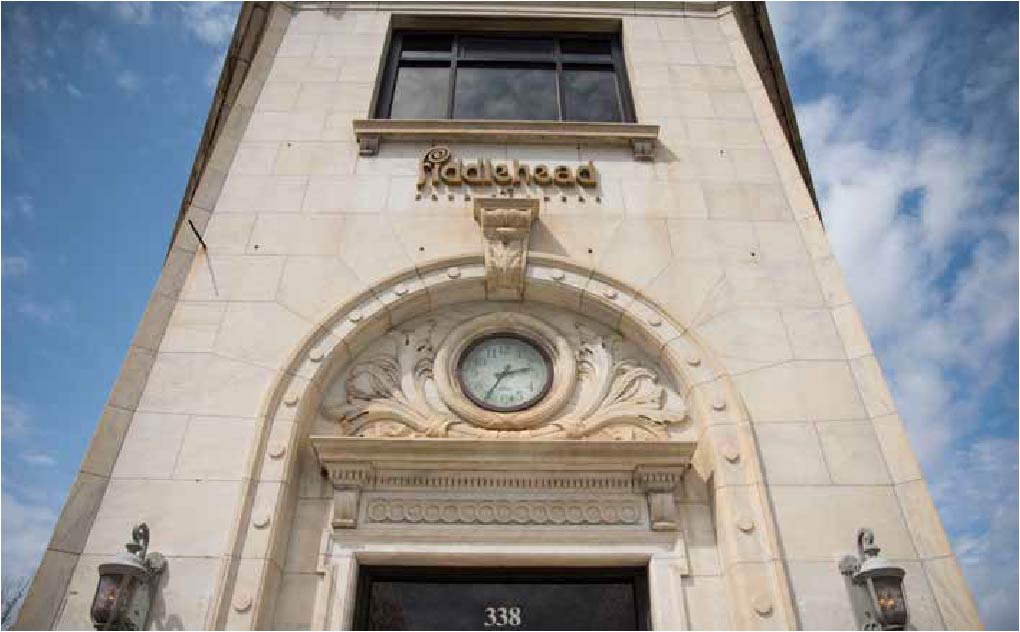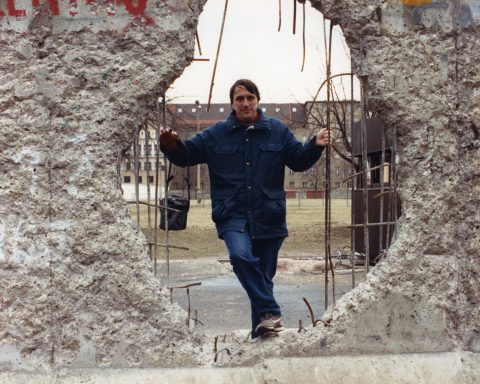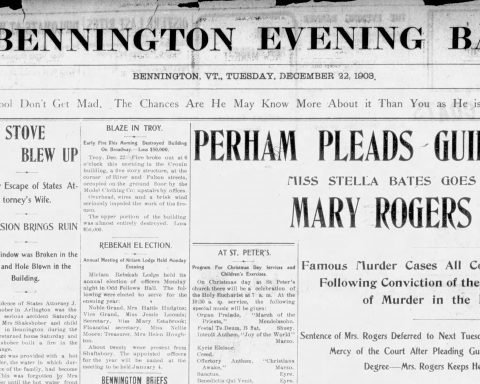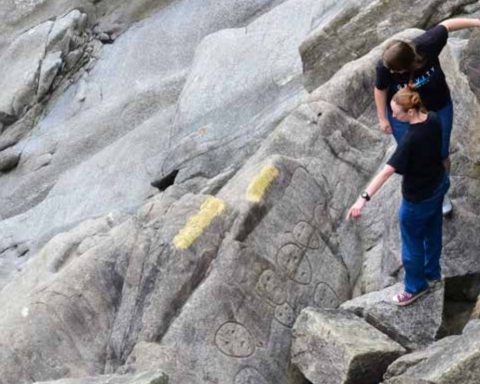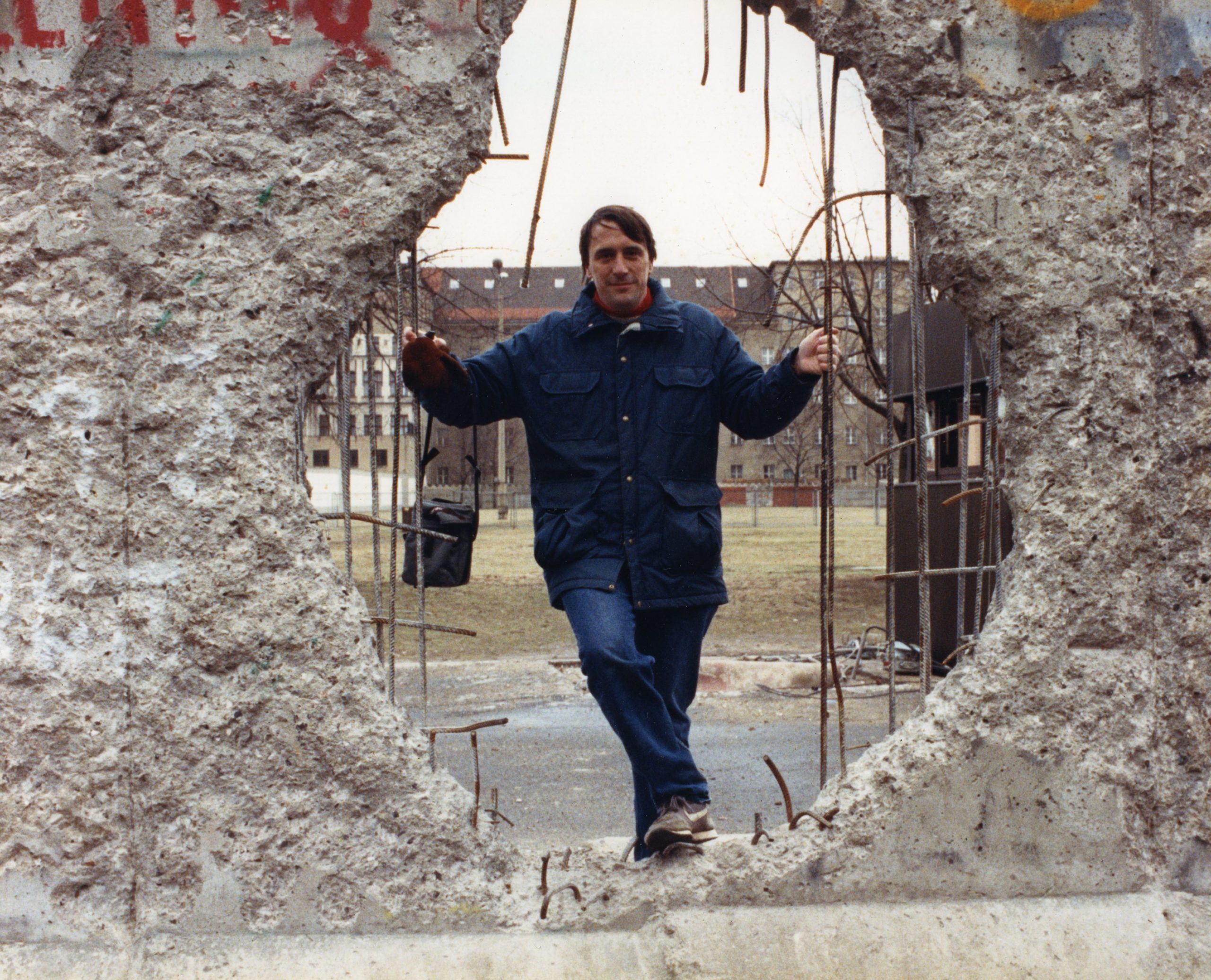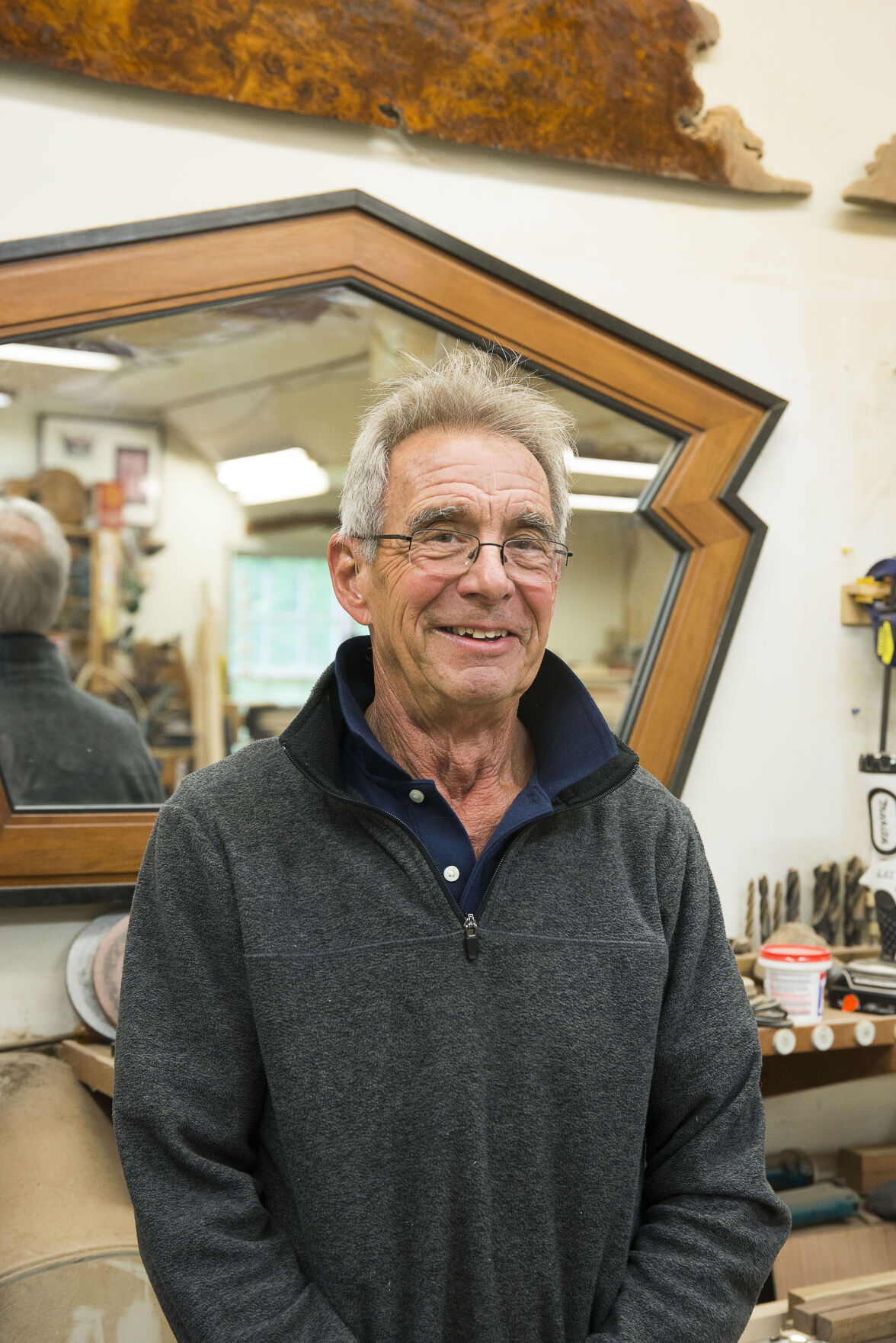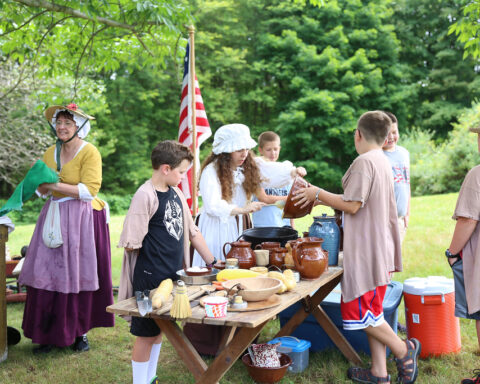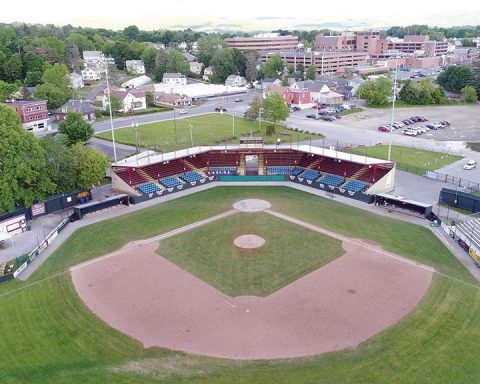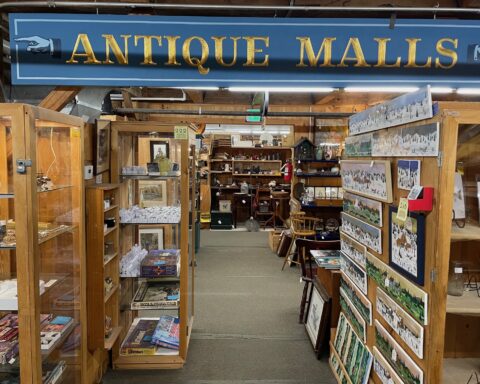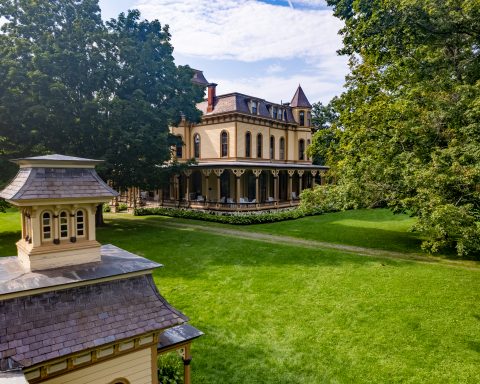Take a trip down Main Street, USA, in Bennington and Putney and find colonial, industrial roots
By Cicely M. Eastman
Vermont Country correspondent
Colonnades of knobby maples straddling stone walls overgrown with ferns. Abandoned barns falling into disrepair along country roadsides. These are glimpses of Vermont’s agricultural past, and if you look closely above modern downtown storefronts, you’ll also see evidence of long-gone industries.
In Southern Vermont, main streets that traced the footpaths of the Abenaki indigenous people evolved from wilderness in the mid-1700s to established town hubs by the 1770s, and have been in a constant state of flux ever since.
Two towns, Bennington and Putney, are no exception.
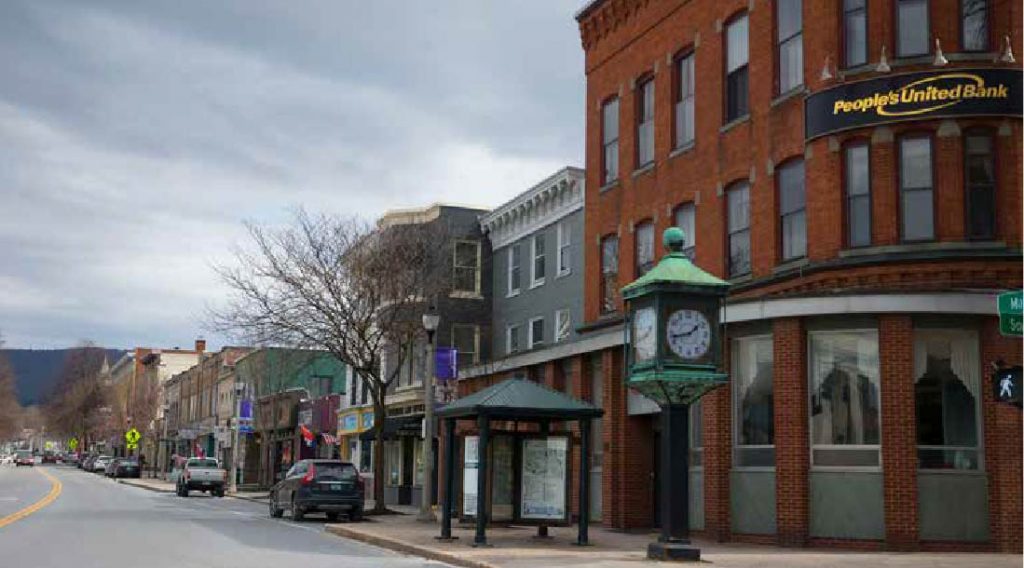
BENNINGTON
Folklore differs on how Capt. Samuel Robinson of King George’s Continental Army discovered Bennington in 1755. One version relates that he and his company got lost on their trek from Montreal to the Hoosac Fort during the French and Indian War; another claims that Robinson and his company argued about the best path back, so it was settled by the flip of a coin, a shilling back then; and a third recounts Robinson taking up Col. William Williams’ suggestion to check out the forested hills.
One thing is certain: Robinson was so enchanted by Bennington’s lush landscape that he was determined to settle the land, and in 1761 he brought about 20 people from Massachusetts and Connecticut to take root in what is now called Old Bennington.
Joseph Hall, a 90-year-old Bennington native and an authority on local history who can trace his ancestry back multiple generations, was kind enough to meet with Vermont Country magazine and allow us to pick his brain.
Hall knew some of Bennington’s history from memory, but mostly from extensive research. With his unabashed love of Bennington, he gave us the grand tour, starting at Old Bennington, just off Main Street on Route 9, oozing with Colonial charm.
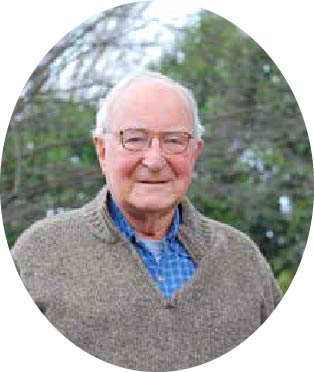
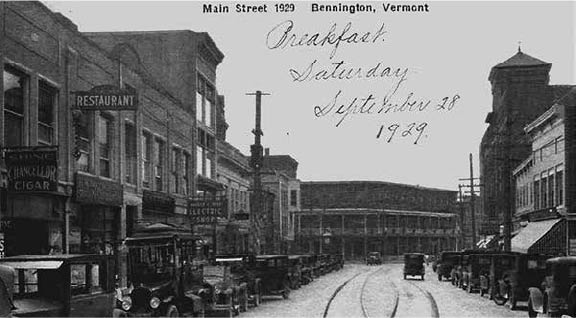
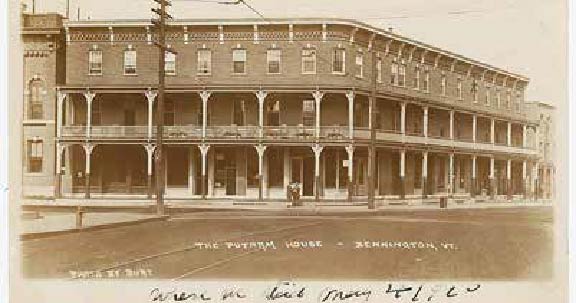
appears to say May 4, 1920.
The Old First Church, built in 1805, is home to one of the oldest cemeteries in Vermont. Robert Frost, Revolutionary War soldiers and three former governors are buried there. Bennington’s claim to fame — the Bennington Battle Monument, which commemorates what’s considered the turning point in the Revolutionary War — is just up Monument Road. On the way to the monument, look for a historical marker that notes the location of The Catamount Tavern, the headquarters for Ethan Allen’s Green Mountain Boys who served in the Revolutionary War. Visit benningtonvt.org/old-bennington-walking-tour to download a walking tour map and descriptions of 27 historical sites and homes.
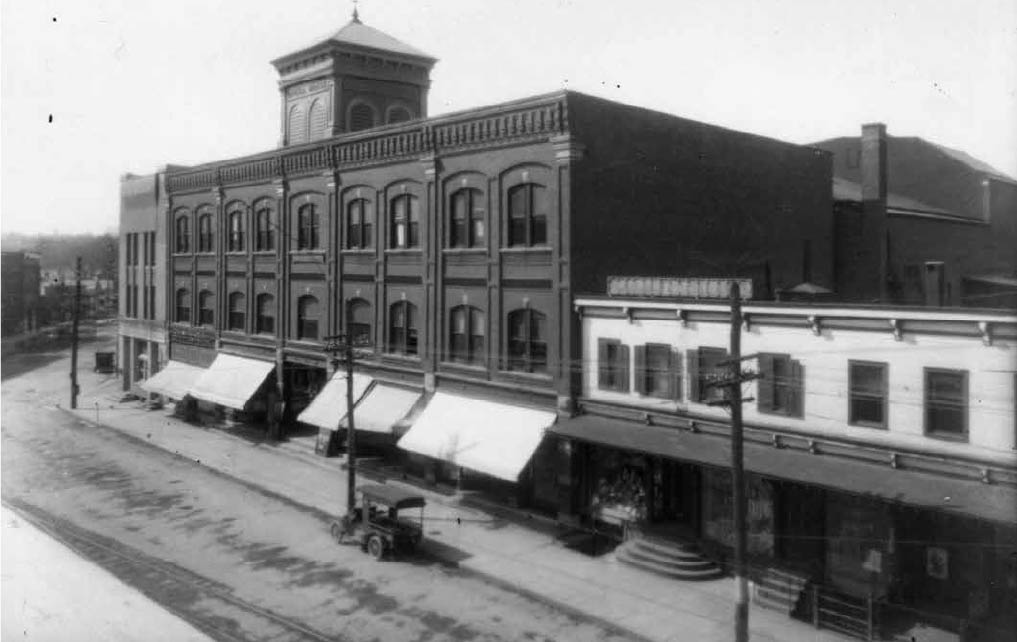
Bennington’s center shifted from “the hill” to Main Street along the Walloomsac River as industrial activity grew there, needing water to power businesses. On the way downtown, Hall pointed out some landmarks. There is the Bennington Museum, a portion of which was the old St. Francis De Sales Church bought and renovated by the Bennington Historical Association in 1923. The museum is known for its collection of Grandma Moses paintings. Closer to downtown, the “new” Gothic style Sacred Heart St. Francis De Sales Church opened in 1892. Originally, the church’s bell tower was 96 feet high, but it was taken down in 1920 as the steeple began to sway in the wind.
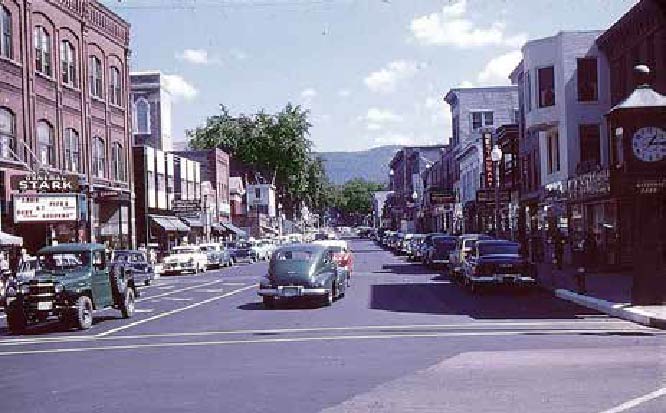
Arriving at the junction of Main, North and South streets, Hall noted the brick building to the south, once the elegant Putnam Hotel. Built by Henry Putnam in 1873, it wraps around the corner to South Street and once sported two stories with fancy balconies. Known as the Putnam Block, it now houses multiple businesses and rental units. Look up to see the Hotel Putnam plaque.
Across the street is a building that has always been a bank. The earliest record noted that it was the Bennington National Savings Bank in 1876. Now, it is the People’s United Bank. Note the clock on the corner. A well-liked character named Mickey Kane once operated a taxi service by that clock during the Great Depression, using a phone posted on a utility pole there for customers to call. He was known to flaunt expensive jewelry and carry large wads of cash. He was found murdered on the road to Troy, N.Y., in 1930. It was a cold case for six years. The only clue was a man with a Panama hat, Kane’s passenger that day. To learn more about this Neflix-worthy who-done-it and view other historical video lectures on Bennington, go to https://benningtonhistory.org/archived-presentations/2018-2/joe-halls-bygone-bennington/
Across the street from the bank are single-level storefronts in the Harte Block. It was once the site of the magnificent Bennington Opera House that opened in 1892 and seated close to 2,000, also built by Henry Putnam. A movie theater was added, the General Stark Theater, in 1915. Sadly, the opera house burned in 1959.
Fires plagued Bennington’s downtown well into the 20th century. In 1938, a fire, believed to have started in the Stark Restaurant on the north side of Main Street, took out the restaurant, Haynes and Kane Furniture and Whelan’s Drug Store in the area where Madison’s Brewing now resides. The Bennington Banner burned twice, once in 1893 along with the building owned by Joe Hall’s great-great-grandfather, Simeon Sibley, on North Street, and again in 1961 on Main Street along with a number of other businesses. This time, the Cone Building next door was spared, having already burned once in 1924 when the facade was the only remaining salvageable part. The Cone Building was later home to the F.W. Woolworth Store.
PUTNEY
According to a book published by the Putney Historical Society, Putney is the World’s Best Known Small Town, most notably for being the home of The Putney School, the nation’s first co-ed boarding school, and Landmark College, higher education for students with learning differences.
Frank Wilson bought West River Basket Company in 1941, to be renamed Basketville in 1961. Fires in 1949 at the basket factory, and another in 1959 at the basket shop, didn’t deter Wilson, who opened a retail shop on the east side of Bellows Falls Road in 1956. That shop closed in 2018, and now houses Putney Mountain Winery.
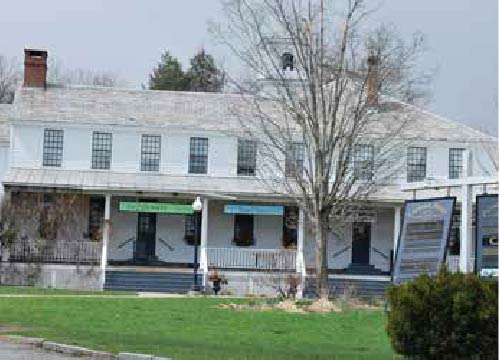
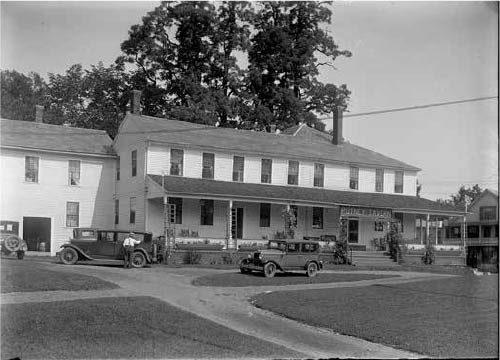
Putney, like Bennington, also has had its fair share of fires. The saga of the Putney General Store, relayed by historic preservation consultant Lyssa Papazian, warrants retelling. The General Store sits on the corner of Kimball Hill and Bellows Falls Road, or Route 5, along the shore of Sacketts Brook. It had been thought the store was built in 1843 because of the date carved into the second story. However, the Putney Historical Society found the deed dated 1796, with a second-floor addition placed in 1843, hence the confusion.
It remained unmarred until 2008 when an electrical fire burned off the roof. Too costly for the owners to rebuild, the Putney Historical Society bought it and, through grants, rehabilitated the building. Fire struck again, this time at the hands of an arsonist in the fall of 2009, burning it to the ground. The community rallied, and it reopened in 2011. The arsonist was never caught.
Putney was chartered in 1753 and, like Bennington, was first settled “up the hill” in the area of the Putney Central School on the Westminster West Road and West Hill. As industry grew and grist mills and paper mills were built along Sacketts Brook to access the brook’s waterfall, the residential section grew on Kimball Hill, Main Street and Old Route 5. A number of those Putney residences also still survive, making up Putney Village Historic District. The Greek revival style home at 120 Main St., built circa 1835, and the Queen Ann-style Victorian, built circa 1905, at 79 Main St., are among those homes.
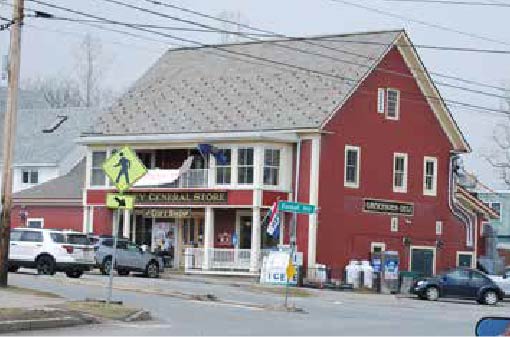
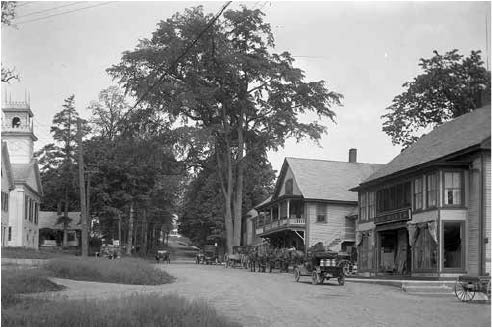
On Kimball Hill is a performance venue, Next Stage Arts, which was originally the Putney Federated Church, built in 1841. Next door was a livery stable built in 1915 that is now Sandglass Theater. Travel downhill to the junction of Putney’s Main Street and, across from the general store, The Gleanery Restaurant, which was once the Putney Tavern. The Italianate structure to the front and left of the Gleanery was built in 1871 to serve as the Town Hall and still does to this day. Our Lady of Mercy Roman Catholic Church, built in 1842, formerly the Putney Methodist Church on Main Street, and the Putney Community Center built in 1884 as the Putney Baptist Church on Christian Square, are other surviving church buildings.
A vital component of Putney’s history is the Putney Paper Mill. The first paper mill was built in 1818 or 1819. In 1828, the Sacketts Brook flooded, destroying that mill. The paper mill in the heart of Putney across from the general store opened in 1869.
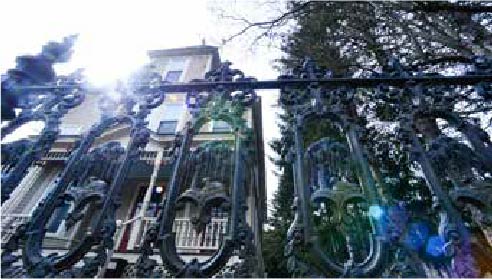
It was one of the earliest paper mills in the state to introduce wood pulp paper. The upper paper mill was called the Eagle mill, and one lower on the adjoining Mill Street was called the Owl. The lower Owl burned in 1903.
Take a scenic walk down Mill Street (it is recommended to park the car on Main Street) for a view of what is left of the Owl Paper Mill, then onto Hi Lo Biddy Road over the Sacketts Brook Stone Arch Bridge, built in 1906.
For more information on trails to explore in Putney, go to PutneyTrailGuide_Final2020.pdf.
Cicely M. Eastman — is a Brattleboro resident and retired arts and entertainment editor from the Brattleboro Reformer. Today she is content to write and offer graphic design services as a freelancer. When not doing that she gardens, entertains her three papillon rescues and one quirky cat, and whatever else that suits her fancy.
